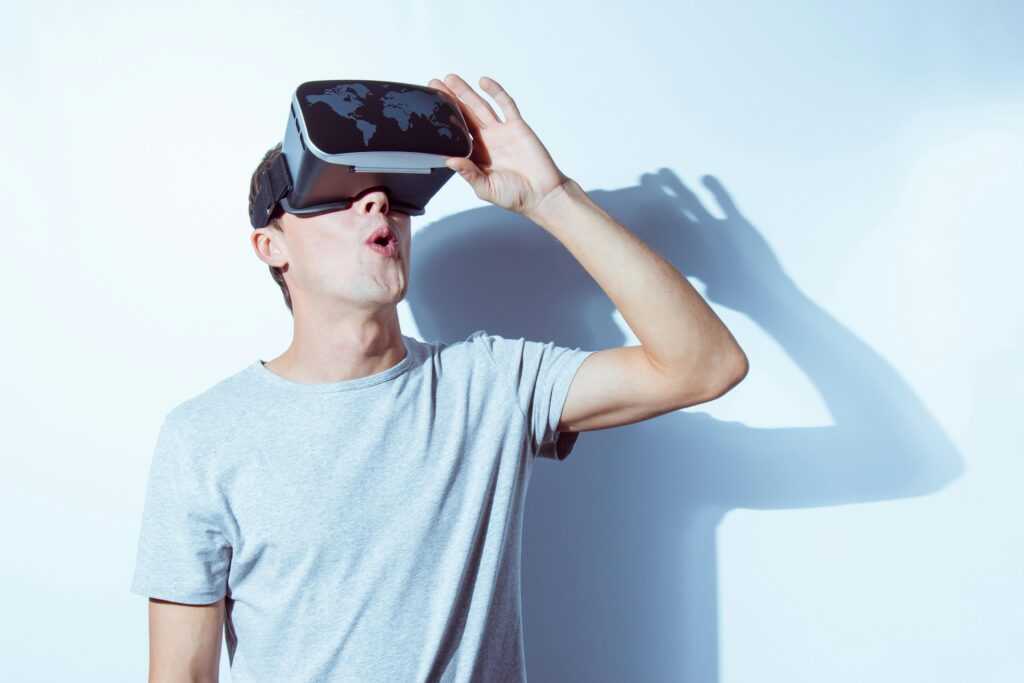We live in an age of digital immersion. Sites like https://22bet.co.zm/casino are a live proof of this. Constant connectivity blurs the line between real and virtual. One striking result is the rise of transreality games. These games mix real life with digital worlds. They offer more than play—they require it. Players must act in both realms. This challenges how we see space, identity, and presence.
What Are Transreality Games?
Transreality games mix real and digital worlds. They turn physical spaces into part of the game. Players might use phones, AR gear, or everyday objects. These tools help them connect with the game. The goal is full immersion. The game happens in many places and forms—not just one.
Traditional games stay on screens. They live on consoles or PCs. Transreality games are different. They need the real world. Players move through real spaces. They might find clues in the city. They get messages by text or email. AR can place avatars in real locations. The game blends into daily life.
The Evolution of Reality-Based Gameplay
The word “transreality” may sound new. But its roots go back to the early 2000s. That’s when alternate reality games, or ARGs, first appeared. Games like The Beast and I Love Bees led the way. They sent players into the real world. Players hunted for clues, took phone calls, and explored websites—all part of the game.
These early ARGs set the rules. They used non-linear stories. They worked across many platforms. They relied on players working together. As tech improved—phones, GPS, wearables—these games grew smoother and more common.
A turning point came in 2016. Pokémon GO changed everything. It made people walk through real streets to catch Pokémon. AR and GPS brought the game to life. It reached millions. This success proved the model worked. After that, more developers began creating games that merged real and digital play.
The Mechanics of Immersion
Transreality games use many tools to link the real and digital worlds:
- Geolocation: GPS lets games track where players are. The game changes based on location. Ingress and Zombies, Run! use this to guide movement and choices.
- Augmented Reality (AR): AR puts digital images into the real world. Players can see virtual things around them. This makes the game feel more real and present.
- Wearable Tech and IoT: Smartwatches and fitness bands can join the game. They track movement or heart rate. The game reacts to this data.
- Ubiquitous Interfaces: Games reach players in many ways—emails, texts, social media, or printed notes. These touchpoints make the game feel like part of real life.
Narrative and World-Building in Transreality Games
One of the strongest parts of transreality games is the story. These games pull players into the narrative. Players move through the real world. They interact with the story in real time. This makes the experience feel more personal and intense.
The story isn’t just watched. It’s lived. A character might send an email. A clue might hide in a park. A secret website might need to be cracked. The real world becomes part of the plot. The setting itself tells the story.
These games also build community. Many are made for groups. Players work together or side by side. They solve puzzles and share clues. The mystery is not just one player’s—it belongs to many. This shared journey makes the game more powerful.
Applications Beyond Entertainment
Transreality isn’t just for games. Its ideas work in many fields:
- Education: These games make learning hands-on. Students might visit real places. AR adds facts or scenes from history. STEM puzzles can be solved in local spots.
- Fitness: Zombies, Run! makes jogging part of a story. Players run to escape zombies. The plot keeps them moving.
- Marketing and Branding: Brands use these games to promote products. Some make full ARGs. These stories spread fast and grab attention.
- Therapy and Health: Transreality helps in mental health. It’s used in therapy for PTSD or anxiety. Patients face fears in safe, digital ways. The mix of real and virtual helps healing.
Challenges and Ethical Considerations
Like any new medium, transreality gaming has challenges.
- Privacy: These games collect personal data. That includes location, habits, and messages. Clear rules are needed to protect players. Gameplay must not become hidden surveillance.
- Safety: Players move in the real world. This can cause accidents or trespassing. Games must be designed with care. Safety must come first—for players and others nearby.
- Mental Impact: The line between game and life can blur. This may confuse some players. Emotional or intense content adds risk. Games that use real-world threats or personal devices must be cautious.
The Future of Transreality Gaming
As mixed reality grows, so does the future of transreality games.
New tools like Apple’s Vision Pro and Meta’s AR glasses will change the game. Spatial computing will make these worlds feel more real. AI will power smart stories and characters. The game will react and adapt to each player.
Transreality games mark a new step in how we use technology. They change how we play and tell stories. In this space, players do more than escape reality—they shape it.


 Darcy Cazaly is a key contributor at Infinity Game Saga, where he brings his expertise to the world of gaming journalism. As a dedicated member of the team, Darcy focuses on delivering in-depth articles and insightful analyses that cover a broad range of topics within the gaming industry. His work includes exploring the latest trends, dissecting game mechanics, and providing thorough reviews of new releases.
Darcy's commitment to high-quality content ensures that readers receive accurate and engaging information about the evolving gaming landscape. His writing not only informs but also enriches the gaming experience for the community, offering valuable perspectives and up-to-date news. Through his contributions, Darcy helps bridge the gap between gamers and the dynamic world of gaming technology and trends, making him an essential part of the Infinity Game Saga team.
Darcy Cazaly is a key contributor at Infinity Game Saga, where he brings his expertise to the world of gaming journalism. As a dedicated member of the team, Darcy focuses on delivering in-depth articles and insightful analyses that cover a broad range of topics within the gaming industry. His work includes exploring the latest trends, dissecting game mechanics, and providing thorough reviews of new releases.
Darcy's commitment to high-quality content ensures that readers receive accurate and engaging information about the evolving gaming landscape. His writing not only informs but also enriches the gaming experience for the community, offering valuable perspectives and up-to-date news. Through his contributions, Darcy helps bridge the gap between gamers and the dynamic world of gaming technology and trends, making him an essential part of the Infinity Game Saga team.
